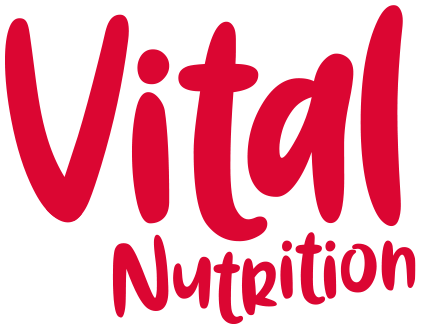Reduce risk of gallstones by changing what you eat
Your gallbladder is a little pouch that sits in the upper right hand side of your belly, beside your liver and it’s job is to concentrate and store bile that is produced by your liver, so that you can digest and absorb fat.
It is common for people to have bother with their gallbladder, and this can range from a little niggling sensation to severe pain caused by gallstones, sometimes resulting in surgery to have your gallbladder removed, known as a cholecystectomy.
Gallstones are little stones, usually made of cholesterol, that form in the gallbladder and cause blockages. Often these don’t cause any symptoms, but if the bile duct gets blocked then that’s when things get painful.
Gallstones can develop as a result of a poor diet and sluggish liver and are thought to affect one in ten adults.
According to the NHS, the risk factors for developing gallstones are:
being overweight or obese
being female (especially if you have had children)
being 40 or more
Gallstones tend to form when bile flow is insufficient, or when it stays in the gallbladder for too long.
Symptoms of gallstones include:
pain in your belly, or just under your ribs on the right hand side, sometimes spreading to the shoulder blade
nausea
a high temperature or fever
indigestion
yellow and itchy skin
diarrhoea
lack of appetite
Of course, it is essential that you talk to your GP if you gave these symptoms, but if you know that you have gallbladder problems, and want to know how diet can help, then here are some ideas.
It is possible to reduce your risk of developing gallstones by changing what you eat. The key thing is to think about the function of the gallbladder, and its role in fat digestion. If you have had your gallbladder removed, then it is important to eat in a way that helps to support your liver, as it will be working hard to make up for the lack of it’s little helper organ.
Think about what sort of fat you are eating. Essential fats help support a healthy cholesterol balance and stimulate a healthy bile flow, helping to reduce risk of gallstone formation. Olive oil, flaxseed and oily fish are good choices.
Cut back on fried foods, high fat foods and saturated fats from meat and dairy produce.
Avoid margarines and sunflower or vegetable oil. They put extra stress on the liver and are not a good choice. This includes those low calorie spray oils. Avoid them. Olive oil is preferable.
Eat more fibre. Soluble fibre from fruit, vegetables, oats, flaxseed and pulses help bind to fats and cholesterol and reduce risk of developing gallstones. It seems that milled flaxseed may have particular benefits, so try adding a few teaspoonfuls to your diet - sprinkle onto porridge, add to soups or smoothies, or sprinkle on top of vegetables or curry at dinner.
Drink enough water - especially if you are increasing your fibre intake, otherwise the fibre will have limited benefits.
Half a lemon squeeze into water in the morning is through to be a gentle and effective way to help support liver function.
Bitter foods can help to stimulate bile flow - rocket, watercress and other dark green leafy vegetables, beetroot, artichokes, pickles, lemons, coffee, celery. Go easy if you’ve had your gallbladder removed and are increasing these foods - a little at a time is preferable.
Herbs like milk thistle, dandelion and artichoke can be useful for supporting the function of the liver, but if you gave had your gallbladder removed, it is important to go really slowly with these, as they can stimulate bile flow, so go easy.
This blog post first appeared as my column in The Irish News on Saturday 21 August 2021.

